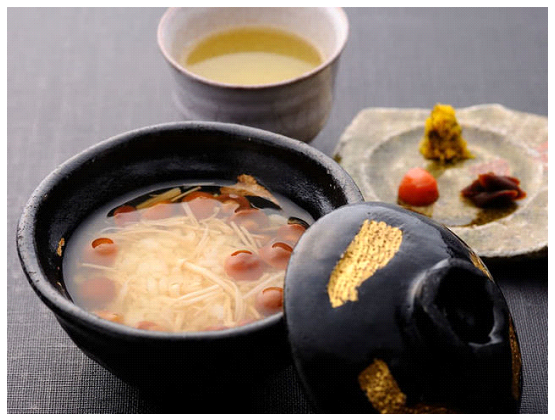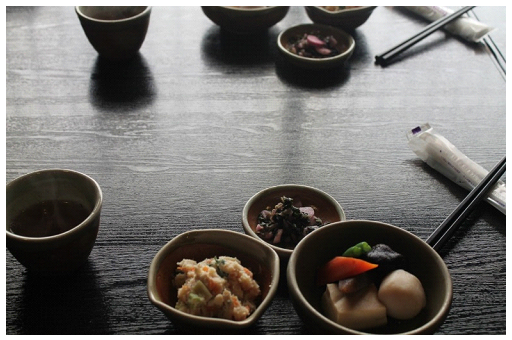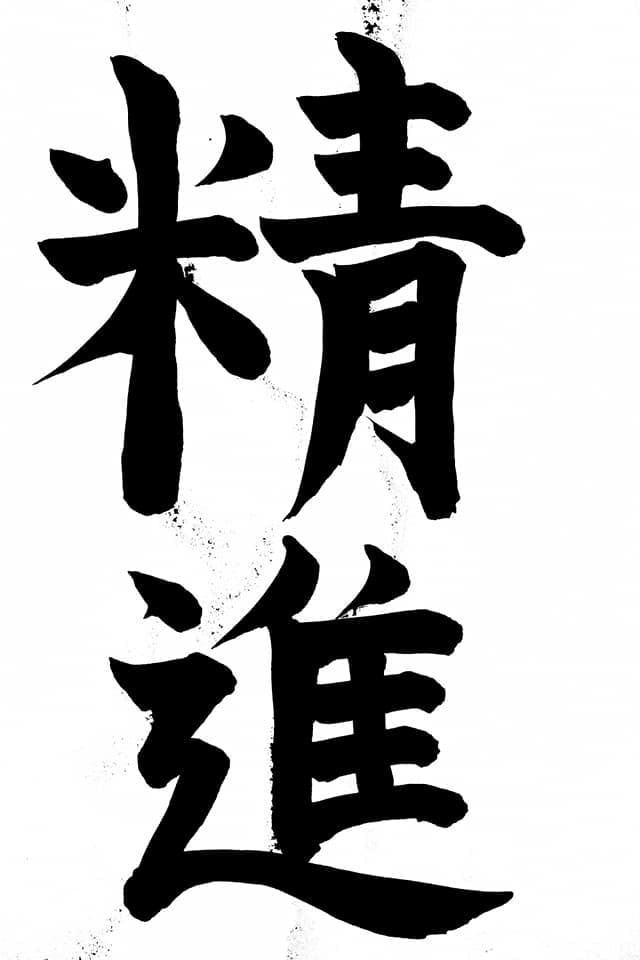In this guest blog, Japan Fan Klara introduces us to an important part of Japanese culture & history: the concept of Shojin Ryori, the traditional dining style of Buddhist monks in Japan. Get ready for some Japanese vegan food!
精進料理 (shojin ryori, “devotion food”) is a type of Buddhist cuisine that we can find all over Asia and it’s a type of dining that adheres to strict way of eating. Because Buddhist belief of ahimsa, or non-violence toward living things, including killing animals, this cuisine is made without meat, fish or other animal products. As such, it can be enjoyed by vegans, vegetarians and meat-eaters alike.
Even though different Buddhist practices and the subsequent diet were brought to Japan in the 6th century, Shojin Ryori spread across the country in the 13th century with the rise of Zen Buddhism.
Breaking down the prefixes and suffixes of the two words puts the cuisine’s broader philosophy (ahimsa) in context:
精 (sho): to focus
進 (jin): to advance forward along the way
料理 (ryori): cooking / cuisine

There are five generally used methods of cooking for this type of cuisine: stewing, boiling, steaming, roasting, leaving the food raw, but it’s not limited only to that and a typical dishes that we can find in Shojin Ryori are for example soybean-based foods like tofu (which we can bake, boil, fry and so on), konnyaku, a lot of vegetables (daikon radis, eggplant, …) which are also prepared in a lot of different ways.
The main types of seasonings used for shojin ryori are dashi stock made with kombu kelp, as well as soy sauce, sake, mirin (sweet rice wine), miso (fermented bean paste), vinegar, and sesame oil. However, the seasonings are used sparingly and are only meant to draw out the true flavors of the vegetables, rather than mask them. Shojin ryori can be elegant and simple, like a sesame dressing over blanched vegetables (e.g. broccoli).
One other interesting thing is that the chef is creating the menu based on one important concept which is concentrated around the five primary colors: red, green, white, black and yellow because it’s is believed to provide a healthy balance of nutrients. They try to balance the flavors across the palate, sweet salty, sour, bitter as well as savory (umami).
As the time goes by and as the world changes some rules have been shifted and some concepts between different schools of thought became blended together.
One thing to keep in mind is that not all Shojin Ryori is completely vegetarian or vegan. While the original premise of Buddhist cuisine was strict about not using meat in any of its dishes, certain items made from fish or seafood may be utilized in modern-day restaurants as the rules of Shojin Ryori have softened over the centuries. Also, eggs are a common ingredient to watch out for in modern-day Shojin Ryori.

A Few Recommendations
⦁ Sougo (Roppongi, Tokyo)
⦁ Itosho (Azabu Juban, Tokyo)
⦁ Gyoshintei (Nikko)
⦁ Shigetsu (Tenryu-ji, Kyoto)
⦁ Izusen (Daiji-in, Kyoto)
If you like to read more about Shojin Ryori, Klara recommends the articles on these websites:
⦁ All about Japan
⦁ Savor Japan
⦁ Matcha
⦁ Journy
Klara is a Japan Fan from Croatia who graduated in Japanese Language and Culture from the universities of Pula (Croatia) and Kyoto (Japan). Previously, she wrote on the Tea Ceremony, on Geisha, Geiko and Maiko, on kendo and on the Ainu people. As the Japan Fans Utrecht wish to form friendship bonds with people from all over the world who take an interest in Japan, we are very happy with her guest blogs.

